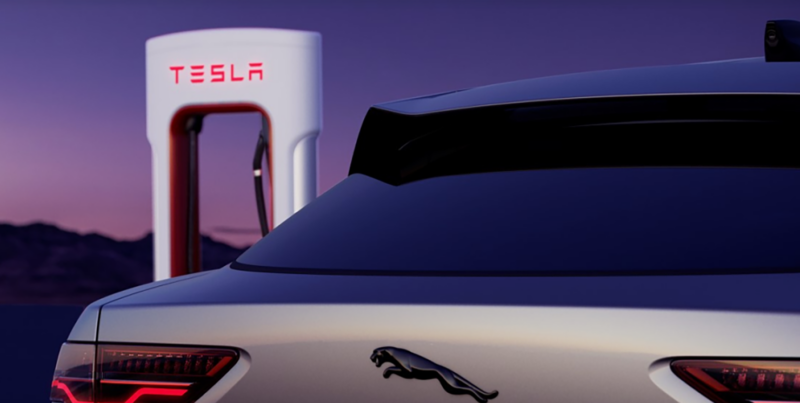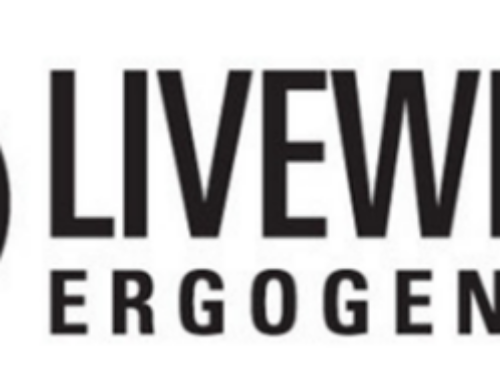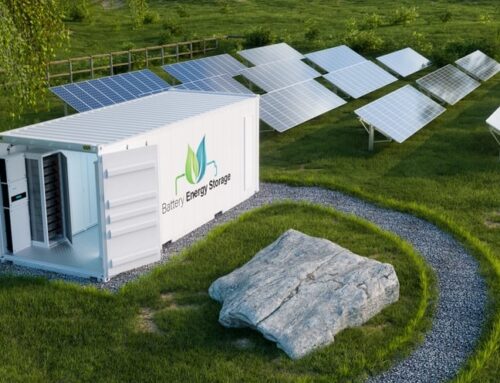The Great NACS Mega-Flood Continues With A Tesla-Jaguar Deal
September 22, 2023
By Jennifer Sensiba Published 12 hours ago – CleanTechnica
One of the biggest stories of 2023 has been Tesla’s NACS connector. Not only did Tesla offer it up as a charging standard other manufacturers could use, but it eventually managed to sign deals with many of them for access to the Supercharger network. In story after story after story, more and more manufacturers signed up.
The story of NACS in 2023 is not unlike the end of Lake Bonneville, basically a freshwater inland sea that once covered a good chunk of present-day Utah, plus parts of Nevada and Idaho. During the last glacial period, the American West was a lot wetter and colder than it is today, so there was more water in the rivers and less evaporation. Plus, a volcano erupted, redirecting yet another river into the basin that holds the Great Salt Lake today. With all of that water going into a basin with no rivers running out of it, the lake grew and grew, becoming the mega-lake it once was.
But, like the NACS standard, there was a lot of pent up potential energy in that lake. Eventually, it got so full that it finally found a way out, sending a trickle of water out through what’s Red Rock Pass in Idaho today, running over the top of a natural dirt dam that had been formed by another creek. This dirt dam let the lake get over 1,000 feet deep in some places, and there were even glaciers in some of the mountains that calved icebergs into the lake. It was that big.
But, one day, there was a huge earthquake under the eastern end of the lake, right up against the Wasatch Front. Scientists are still debating what happened next. It could have been a tsunami, or it could have been a giant sloshing motion that went back and forth in the lake (which would have still been as big as a tsunami), or the earthquake itself could have busted the dam. Or it could have been some combination of these things.
Whatever it was, the dam suddenly broke, and in spectacular fashion. A 400-foot wall of water went screaming into Idaho, and dumped all of that energy into the Snake River. There was another much smaller ice age lake near there, and the sudden addition of all that water broke another dam, creating one of the biggest floods the world has ever seen. This massive dump of water continued for weeks at an insane level, followed by months at a lower level, changing the whole landscape of the Columbia river system, all the way to the Pacific.
Going back to NACS, the dam-breaking earthquake came in the form of Ford’s choice to go with the Tesla plug instead of CCS. The whole industry had been avoiding following Tesla’s lead, but efforts outside of the Supercharger ecosystem weren’t going very well at all. When Ford decided to breach this dam of “not invented here” industry resistance, everyone basically had to do the same if they wanted to compete with Ford. GM went next, followed by many others.
Like the Bonneville Flood, the NACS flood changed the entire charging landscape. Not only did automakers fall in behind Ford and Tesla, but also charging providers, charging station manufacturers, and even state governments passing out NEVI funds.
In hindsight, this looked inevitable, but what Native American living in Idaho 14,700 years ago would think a 400-foot mound of dirt would suddenly move? Until Ford pulled the plug on CCS, it wasn’t clear either whether the industry would stick with CCS. The weakness of the CCS dam seems obvious today, but hindsight is 20/20.
Now, stories about automakers embracing NACS and inking deals with Tesla are hardly news. That initial dam break and the torrent of larger automakers was a big attention getter, and now when another automaker jumps on the bandwagon, it’s almost old news. But, it’s still worth following these deals (even if I have to resort to more interesting storytelling methods to get you to look), because it shows that the floodwaters haven’t receded yet.
The Jaguar Deal
Yesterday, Jaguar and Tesla announced that they have entered into a groundbreaking agreement that grants drivers of Jaguar’s next-generation electric vehicles seamless access to Tesla’s extensive Supercharger network across the United States, Canada, and Mexico.
Starting from 2025, all newly sold Jaguars in the region will come fully equipped with integrated support for the North American Charging Standard (NACS), eliminating the need for any adapters. Furthermore, Jaguar will collaborate with Tesla to ensure a smooth supply of adapters to I-PACE drivers once they become available. This strategic partnership aims to enhance the charging experience and convenience for electric vehicle users, reinforcing Jaguar’s commitment to innovation and customer satisfaction.
“JLR is dedicated to helping our clients make the switch to electric vehicles and to our commitment to net zero carbon emissions by 2039. Today’s announcement is an important step as we deliver an outstanding charging experience for our all-electric Jaguar clients. Whilst most charging takes place at home, when away from home, our clients want access to fast, reliable and convenient chargers,” said Mark Camilleri, Jaguar’s director of electrification services. “Tesla has created a charging network across the globe that delivers this, and we are delighted to be working with them to provide access for Jaguar clients. This agreement will enable Jaguar drivers with NACS-equipped vehicles in the USA, Canada and Mexico to use Superchargers without an adapter.”
As part of JLR’s “Reimagine” strategy, Jaguar says they’re undergoing a radical transformation into a modern luxury brand that is fully electric. This agreement plays a crucial role in the overall strategy of creating a global ecosystem for electric vehicles aimed at providing comprehensive support to Jaguar clients.
Jaguar also states the obvious, saying that the Supercharger network in North America is reliable and easy to use, from the charger post to the connector. The Jaguar in-house battery and power electronics technology has been designed to optimize charging rates on both V3 and V4 Superchargers, so Jaguar says that drivers can enjoy peace of mind in knowing their vehicles will perform at maximum charging power for whichever Supercharger type they choose.
Featured image provided by Jaguar.
Have a tip for CleanTechnica? Want to advertise? Want to suggest a guest for our CleanTech Talk podcast? Contact us here.
Search
RECENT PRESS RELEASES
SWI Editorial Staff2025-05-08T21:16:04-07:00
GOP-Led Wisconsin Committee Cuts Governor’s Marijuana Legalization Proposal From Budget
SWI Editorial Staff2025-05-08T21:16:04-07:00May 8, 2025|
SWI Editorial Staff2025-05-08T21:15:49-07:00
Investing in both people and technology is essential for true digital
SWI Editorial Staff2025-05-08T21:15:49-07:00May 8, 2025|
SWI Editorial Staff2025-05-08T21:15:34-07:00
Ethereum Price Soars 20% Post-Petra, Sends Bitcoin to $104K
SWI Editorial Staff2025-05-08T21:15:34-07:00May 8, 2025|
SWI Editorial Staff2025-05-08T21:15:31-07:00
Ethereum Price Surges to $2200 as 2015 ICO Whale Deposits 4,200 ETH to Kraken: Trading Imp
SWI Editorial Staff2025-05-08T21:15:31-07:00May 8, 2025|
SWI Editorial Staff2025-05-08T21:15:21-07:00
ETH Price News: ETH Surges 20%, Biggest Gain Since 2021 as Pectra Upgrade Helps Restore ‘C
SWI Editorial Staff2025-05-08T21:15:21-07:00May 8, 2025|
SWI Editorial Staff2025-05-08T21:15:16-07:00
Bitcoin Breaks $100,000 Barrier as Ethereum Explodes Amidst Bullish Catalysts
SWI Editorial Staff2025-05-08T21:15:16-07:00May 8, 2025|
Related Post





